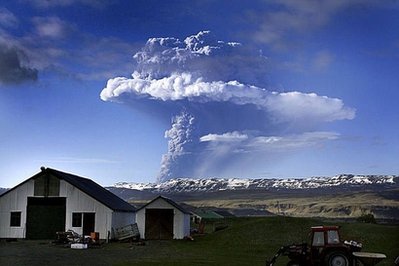Sew La Ti Embroidery [Search results for university]
Lebanon: The archaeology of conflict-damaged sites

Heritage: Chile's quest to save melting mummies

The house-tree by Tatiana Bilbao
Heritage: A new Zimbabwe site on the World Heritage List?

North America: Archaeologists say climate change is destroying Arctic artefacts

Near East: Ancient harbour to be recreated in western Turkey

Heritage: Silver rush eats away at 2,000-year-old Indo-Scythian city in Pakistan

Katharyn Nicolle was crowned Miss New Jersey

East Asia: 800-year-old Buddhist statue of 'goddess with thousand hands' restored to former glory

Ellen Bryan was crowned Miss Ohio 2011

Southern Europe: US returns 25 looted artefacts to Italy

Java: Centuries-old Sukuh temple undergoing restoration work

Grateful Kate and the handwritten Wimbledon thank you letter... with a spelling mistake

The passing-out ball: End-of-year celebrations prove a little TOO much for some Cambridge students
Google Books will scan the Italian libraries
Heritage: Permafrost thaw threatens Arctic archaeological sites

Iceland's Grimsvotn Volcano Erupting

Pippa Middleton gets herself a job at an environmental firm owned by her ex

Tom Andersen talks about horror, 3D & pissing Hollywood off

Snyder Delivers a Sucker Punch to Your Pants



